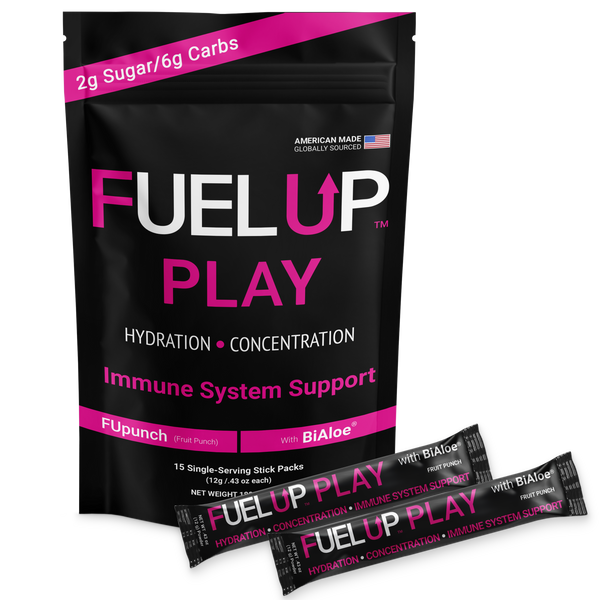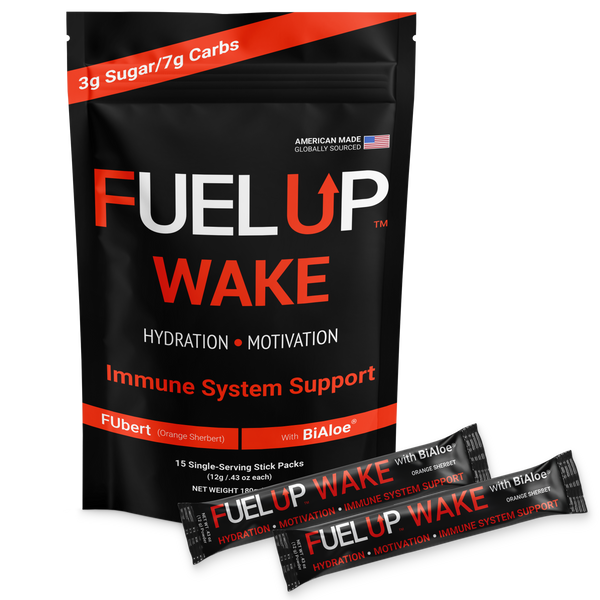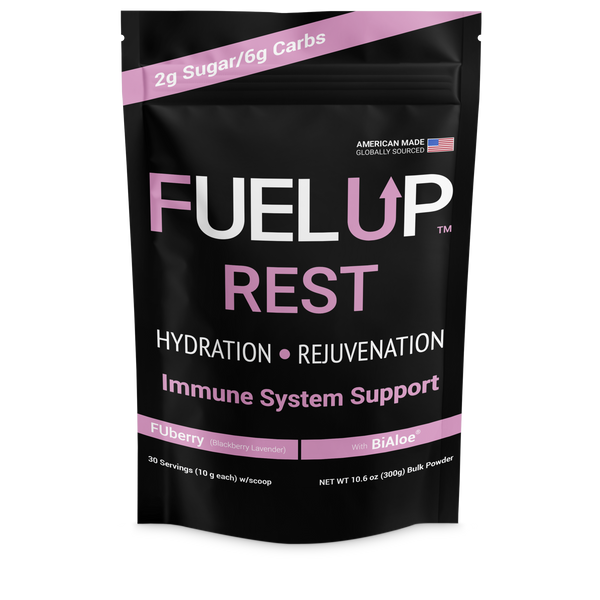Staying hydrated seems simple—just drink water, right? In reality, your body’s fluid needs are as dynamic as your lifestyle, environment, and nutrition choices. Whether you’re training for a marathon or heading out for a brisk walk on a humid day, understanding what drives hydration can help you optimize your energy, recovery, and long-term health.
Why Every Person’s Hydration Needs Are Unique
Your body’s requirement for water depends on a variety of factors that change daily, sometimes hourly. Three key variables play major roles:
-
Weather/Climate: Heat, cold, humidity, and altitude all influence how much water you lose or retain.
-
Exercise/Activity Level: Movement increases fluid loss through sweat and respiration, even during low-intensity activities.
-
Diet/Nutrition: What you eat impacts how much water your body needs for digestion, nutrient absorption, and waste removal.
Let’s break down how each factor impacts hydration—and how you can adapt.
Weather & Climate: Beyond Sweat
It’s well known that hot weather increases sweating and fluid loss. But hydration isn’t just a hot-weather concern:
-
Humidity: High humidity slows sweat evaporation, making cooling less efficient and increasing risk for dehydration.
-
Cold Weather: You may not sweat as much, but breathing in cold, dry air can actually increase water loss—especially during outdoor exercise.
-
Altitude: At higher elevations, fluid loss accelerates due to increased respiration.
-
Seasonal Shifts: Many people drink less water in winter, but your hydration needs may remain similar or even increase if you’re physically active or exposed to dry indoor heating.
Tip: Pay attention to weather forecasts and adjust fluid intake—drink water steadily throughout the day, not just before or after activity.
Exercise: Matching Fluids to Activity
Physical activity causes your body to lose fluids quickly. Individual sweat rates can vary due to genetics, fitness level, and acclimatization. Even moderate activities—like gardening or yoga—add up over time.
-
Short, Intense Workouts: Quick bursts of exercise may not feel dehydrating, but can still lead to minor fluid loss impacting mental focus and performance.
-
Extended Activity: For runners, cyclists, and team sport athletes, consistent hydration can mean the difference between peak performance and early fatigue.
Tip: Weigh yourself before and after workouts to estimate fluid loss (1 pound ≈ 16 oz of water). Rehydrate accordingly, but spread intake over several hours.
Diet: The Surprising Role Food Plays in Hydration
What you eat is as important as what you drink:
-
Hydrating Foods: Fruits and vegetables (watermelon, cucumber, oranges) contribute significant fluid; aim for variety.
-
High-Protein & High-Fiber Meals: These require more water for digestion—don’t overlook your fluid needs if you’re on a nutrition plan.
-
Salt & Electrolytes: Sodium, potassium, and magnesium help your body retain, balance, and utilize fluids. Some loss is normal, especially with high activity—but excessive intake (via processed foods) can make you thirstier.
-
Caffeine and Alcohol: Both increase fluid loss. Enjoy responsibly, and balance with extra water.
Tip: Pair every meal with a glass of water, and watch for signs of dehydration—dry mouth, fatigue, and headache can sneak up slowly.
Practical Strategies for Everyday Hydration
-
Set a Schedule: Sip small amounts of water consistently throughout the day.
-
Respond to Thirst: Thirst isn’t always an early warning—especially as you age or in cold climates. Listen to your body, but don’t depend solely on thirst.
-
Monitor Color: Pale yellow urine generally indicates good hydration; darker tones suggest it’s time to drink up.
-
Adjust for Your Environment: Factor in weather, altitude, and indoor heating or air conditioning, as all can affect fluid needs.
-
Plan for Recovery: After any intense activity, rehydrate with a mix of water and electrolytes.
Choosing Smarter Hydration Solutions
Many active people turn to specialized hydration products to help restore fluids and key nutrients, especially after tough workouts or exposure to extreme climates. Options vary widely, so look for products with transparent ingredient lists, balanced electrolytes, and minimal added sugars.
If you’re exploring ways to upgrade your hydration routine, Fuel Up Hydration offers blends specifically designed to replenish fluids and vital micronutrients lost through activity and changing environments. Always choose what aligns with your own health goals and consult trusted sources for guidance.
Making hydration a daily habit—attuned to your activity, your meals, and your surroundings—can be transformative for overall well-being. Every sip counts, so tune in to your body and keep your fluids flowing.





